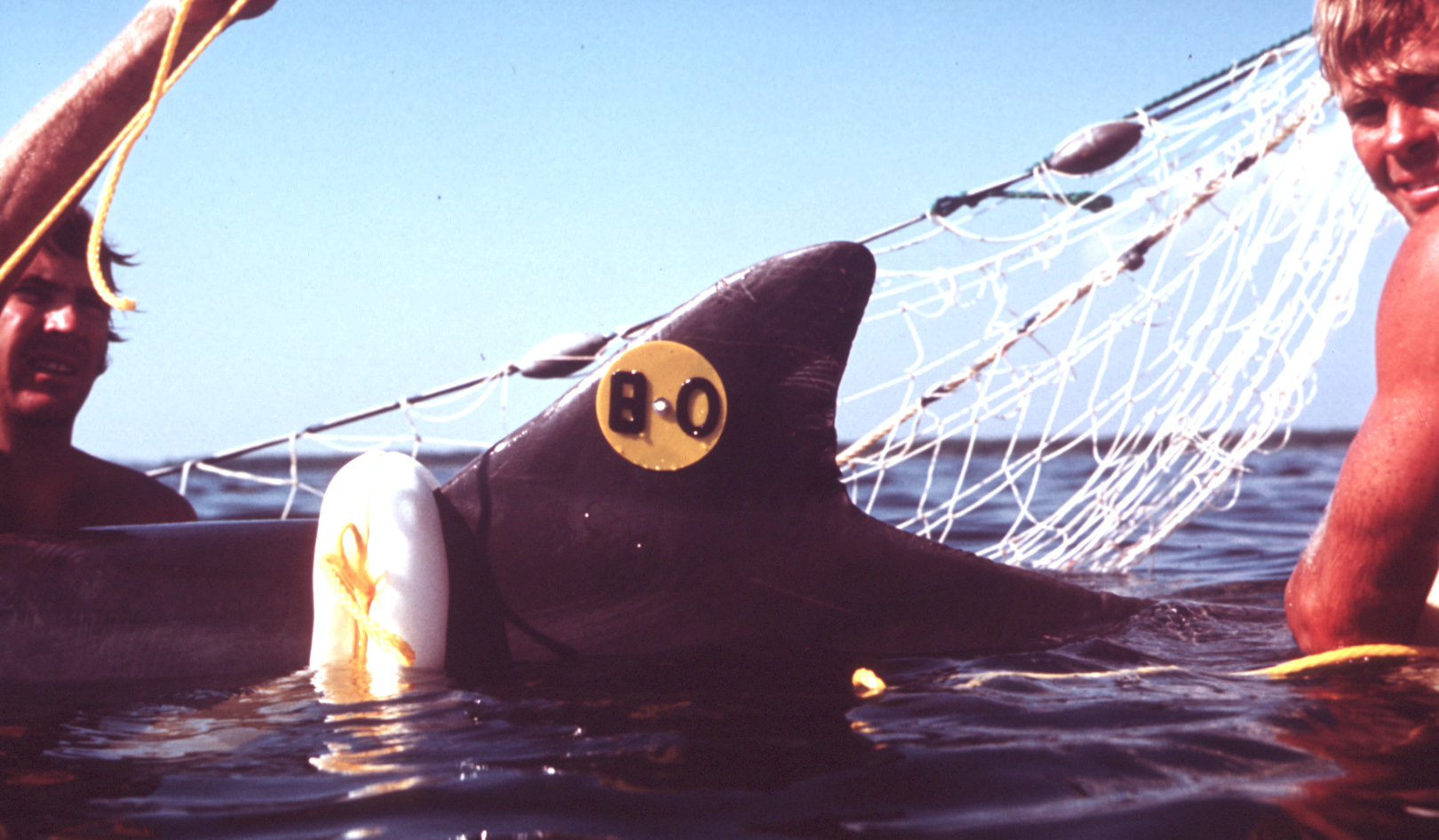On Oct. 3, 1970, researcher Blair Irvine attached the first tags on Sarasota bottlenose dolphins, beginning what would become the world’s longest-running study of a wild dolphin population — today known as the Chicago Zoological Society’s Sarasota Dolphin Research Program.
On that day, Blair attached plastic tags to the dorsal fins of a pair of young adult male dolphins in Palma Sola Bay, then released the animals. Although the dolphins shed those early tags fairly quickly, the animals remained recognizable to us and were seen together through 1976.
Significantly, the Program was the first to document the year-round, resident population of bottlenose dolphins that made their home in the bays surrounding Sarasota, Florida — a pioneering discovery about dolphins that has since been followed by thousands of other findings just as ground breaking.
Today, the SDRP is the model program for dolphin studies in locales around the world and the Sarasota dolphins are used as a reference population for comparative studies of at-risk dolphins in other places, including Louisiana where the dolphins of Barataria Bay continue to be plagued by the effects of the 2010 Deepwater Horizon oil disaster.
And while we had no way of knowing it on that first day, we were also beginning to document one of the more interesting aspects of dolphin society, described first in Sarasota Bay: the long-term pair bond between adult males. One of the males disappeared after 1976, but the other was seen over the next 31 years, until 2001 when he was 44 years old.
As Blair’s high school student research assistant, the Program’s current Director, Dr. Randy Wells, was able to accompany Blair on subsequent tagging and re-sighting trips in 1970 and in the following years.
“What has developed over the decades is certainly beyond anything we could have imagined when we first started tagging dolphins,” Wells said. “Blair and I are humbled by the fact that the program is now recognized by many around the world as a pioneering model for the study and conservation of dolphin populations.”





